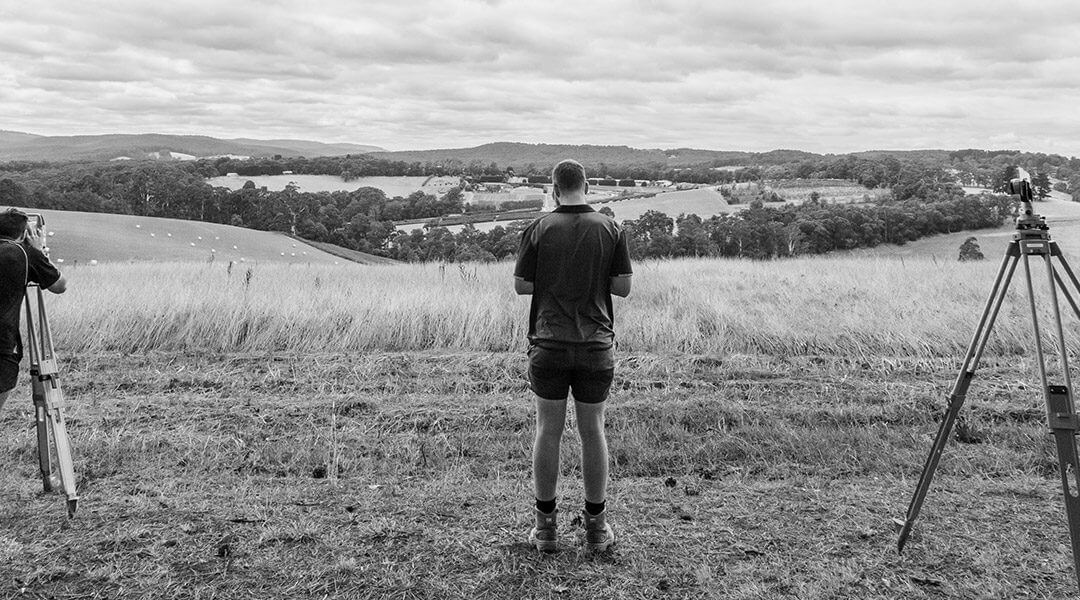PUBLIC OPEN SPACE CONTRIBUTION
The primary legislation governing all land subdivisions is the Subdivision Act 1988 which came into operation on 30 October 1989.
This Act consolidated various other subdivisional powers from a range of different Acts into the one document (a story for another day!) and saved the entire property industry a great deal of confusion.
But it did also introduce something new, the infamous Public Open Space levy, which is the topic of this article.
Here is a brief summary of Section 18 of the Subdivision Act (condensed from the 1353 words in the Act):
- Council may require the applicant who proposes to create any additional separately disposable parcel of land for residential, industrial or commercial purposes by a plan of subdivision, to set aside land, pay a percentage of the site value or a combination of both a contribution for public open space.
- If payment is the Council preferred method, it must be paid before the Council issues its statement of compliance unless agreed by both parties under Section 21(1)(b)(ii).
- Where the subdivision is staged, and contribution is to be money paid, the total amount may be apportioned between particular stages.
- The contribution is set by the Council’s Planning Scheme, or where nothing is specified it is 5%.
- The applicant may agree with the Council to set aside or pay a percentage other than the set percentage.
- A public open space requirement may be made only once.
- Subdivisions are exempt from a contribution if the subdivision subdivides land into two lots and the Council considers it unlikely that each lot will be further subdivided.
The full Section can be read as part of the Subdivision Act and can be found at: https://www.legislation.vic.gov.au/in-force/acts/subdivision-act-1988/077
The basic process is:
- · Subdivision Planning Permit application is made to Council
- · Among all the proposal’s aspects, Council assess the following:
- Is it a 3 or more lot subdivision, OR, is it a 2-lot subdivision whereby either of the lots are to be further subdivided:
- If no – no contribution is to be made, therefore no open space condition is added to the Permit
- If yes – a further assessment is made to see whether a contribution for the land has been previously made (historical Title searching may be required by Council) if no previous contribution has been made then a condition to the Planning Permit will be added referencing the percentage payable, as set out in the Planning Scheme
·If the applicant is wanting to dispute the percentage payable (and has good justification to do so) then a submission to the Council Planning Officer can be made.
This can be done as part of the initial Permit application or if done after the Permit is issued, and it is upheld, then a formal Planning Permit amendment would need to take place.
- ·If the applicant seeks the removal of the open space condition on a Planning Permit, the applicant has 60 days to appeal decision and/or the imposed conditions at VCAT
- · If the set percentage is accepted, the applicant is to request Council undertake an independent valuation (the best indication you can get of what this may be is on your rates notice, but with the way Council do their conservative rating valuations that figure could be anywhere from 6-18 months old and not marry up with an up-to-date valuation)
- · Once completed Council will issue the valuation figure along with an invoice calculated by applying the above-mentioned percentage
- · The applicant has 2 months to contest this valuation (should they choose to), whereby they would need to undertake, at their own expense, their own independent valuation by a Certified Practising Valuer. We do suggest speaking to the Valuer before going down this path
- · The Council valuation is valid for 12 months from the date at which the valuation was prepared by the Valuer (even if their invoice says otherwise), and if let lapse Council may charge for a second valuation
So, if you’re proposing to do a subdivision of 3 or more lots (or a 2-lot that can be further subdivided), my advice is as follows:
- · Check the Planning Scheme to see what the contribution levy is
- · If you’re wanting to reduce the % payable have the conversation with your surveyor/planner as early as possible
- · Get the property valuation done (by Council) 12 months out from the end of the subdivision process, or if it’s not going to take 12 months from when you receive the subdivision Permit until completion then get it as early as possible – property valuations generally always increase, the lower the valuation the less the contribution will be
- · Pay the contribution as the last thing you do, let the cash sit in your bank and work for you
- · If you have any questions or concerns along the way reach out to a trusted professional
There have been quite a few developers try and worm their way out of contributions by staging subdivisions, consolidating lots etc. but the legislation is clear and gives Council’s enforceable powers. Unfortunately, most crafty solutions have been unsuccessfully tried and fought, but I hope this information helps you understands the realistic options available.
For more about subdivisions you can find more information here:
